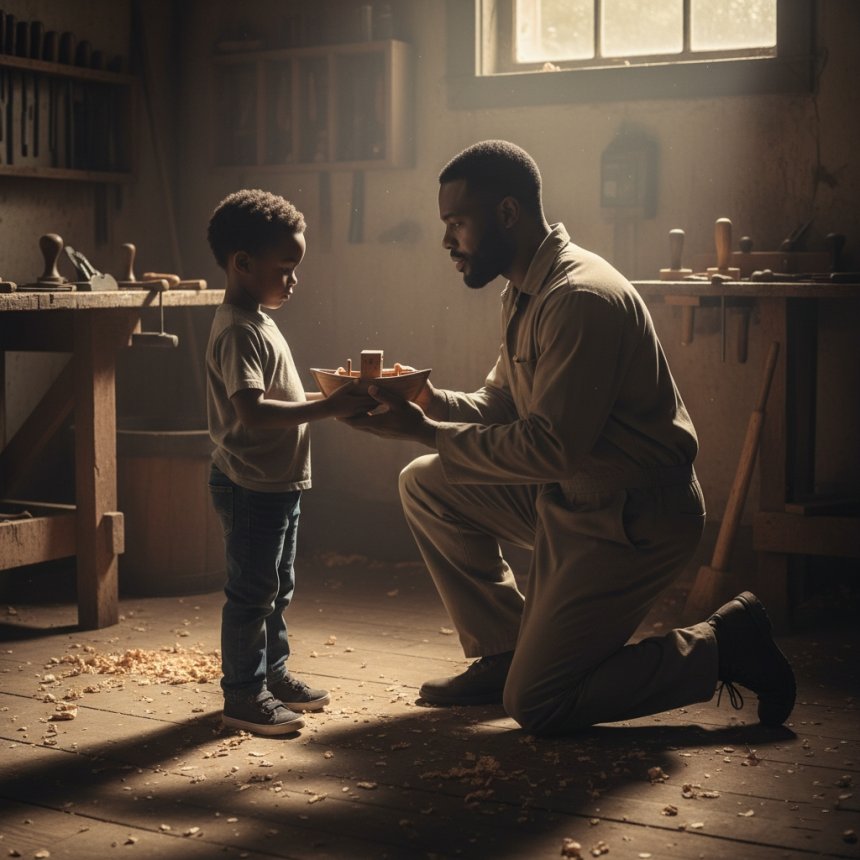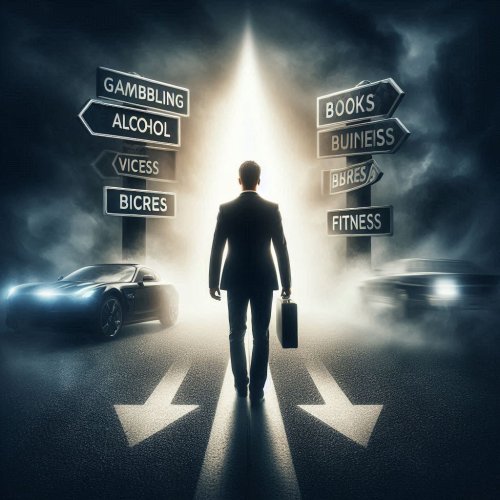Why Masculinity Is Feared & Hated in 2025 (And What to Do About It)
Masculinity is increasingly feared and misunderstood in 2025. This in-depth analysis explores why traditional male traits are demonized, the societal shifts driving this trend, and how men can reclaim strength without toxicity. Learn how to navigate modern masculinity with confidence.

In 2025, masculinity is under scrutiny like never before. Traditional male traits—strength, assertiveness, leadership—are often labeled as "toxic," while modern culture increasingly frames masculinity as outdated or dangerous.
Why is this happening? And more importantly, how can men navigate this landscape without losing their identity?
This article breaks down the cultural, social, and psychological reasons behind the fear and hatred of masculinity today—and provides actionable solutions for men to thrive in 2025 and beyond.
Section 1: Why Masculinity Is Feared in 2025
1. The Rise of Anti-Masculine Narratives
Over the past decade, mainstream media, academia, and social movements have increasingly portrayed masculinity as inherently harmful. Phrases like "toxic masculinity" dominate discussions, often conflating negative behaviors (e.g., aggression, domination) with natural male traits (e.g., competitiveness, protectiveness).
2. The Decline of Male Role Models
With fewer strong, positive male figures in media and real life, young men lack healthy examples of masculinity. Instead, male characters are often depicted as either bumbling fools or villains, reinforcing negative stereotypes.
3. The Overcorrection Against Traditional Gender Roles
As society moves toward gender equality (a positive shift), there has been an overcorrection—where any display of traditional masculinity is seen as regressive or oppressive.
4. The Fear of Male Power
Historically, men held most leadership roles, which led to abuses of power. While accountability is necessary, the pendulum has swung so far that male ambition itself is now often viewed with suspicion.
5. The Loneliness Epidemic Among Men
With declining social connections and fewer male spaces (e.g., men’s clubs, fraternities), many men feel isolated—leading to frustration and, in some cases, radicalization.
Section 2: How Men Can Reclaim Masculinity (Without Toxicity)
1. Redefine Strength Beyond Stereotypes
Strength isn’t just physical—it’s emotional resilience, discipline, and integrity. Men should embrace vulnerability without equating it with weakness.
2. Reject Victimhood, Embrace Responsibility
Instead of blaming society, focus on self-improvement. Leadership, accountability, and self-mastery will always be respected.
3. Build Brotherhood & Community
Men thrive in tribes. Seek out positive male friendships, mentors, and groups that encourage growth—not resentment.
4. Channel Masculine Energy Productively
Aggression can be redirected into ambition, competition into excellence, and protectiveness into leadership.
5. Ignore the Noise, Lead by Example
The healthiest response to criticism is to live well. Be a man of action, not reaction.
Conclusion
Masculinity isn’t the problem—the distortion of it is. In 2025, men must rise above the noise, reject both extremism and passivity, and embody a balanced, purposeful version of masculinity.
The world needs strong men—not domineering ones, but those who lead with courage, compassion, and conviction.
Share
What's Your Reaction?
 Like
0
Like
0
 Dislike
0
Dislike
0
 Love
0
Love
0
 Funny
0
Funny
0
 Angry
0
Angry
0
 Sad
0
Sad
0
 Wow
0
Wow
0
















